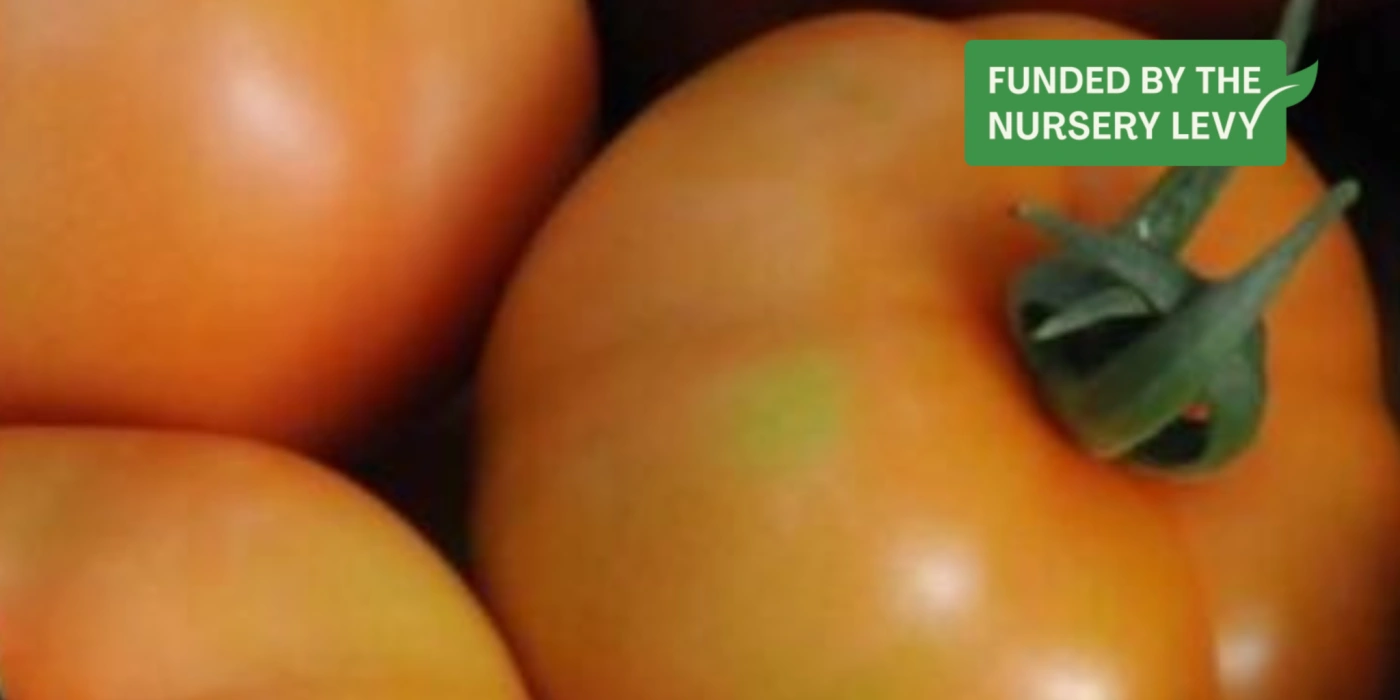Media release: Australia shifts tomato brown rugose fruit virus response to long-term management
30 May 2025

30 May 2025
Australia has officially shifted its response to the Tomato brown rugose fruit virus (ToBRFV) from eradication to long-term management, marking a critical turning point for tomato, capsicum and nursery production.
The decision, made by the National Management Group on 29 May 2025, follows increasing evidence of seed-borne introductions, the inability to detect very low levels of seed infection, and the practical challenges of early detection that have made eradication no longer technically feasible.
John McDonald, Director of Research, Development & Biosecurity at Greenlife Industry Australia (GIA), said the shift was necessary but that clarity on plant and product movement was urgently needed to avoid ongoing disruption and provide businesses with certainty.
“We welcome the move to long-term management, but decisions on plant and product movement must follow quickly with GIA actively working with Agriculture Victora and Primary Industries and Regions South Australia,” Mr McDonald said.
“Clarity is urgently needed to avoid prolonged disruption across the nursery production and tomato supply chains. GIA is advocating for evidence-based, technically justified, cost-effective solutions that support both containment and continuity of trade. The virus is effectively managed internationally by industry across all major continents which we can rapidly take learnings from and apply in Australia.”
The production nursery sector plays a foundational role in Australia’s vegetable industries, providing vital planting material for growers nationwide alongside the supply into home gardens nationally. GIA is working closely with government and industry partners through the ToBRFV Consultative Committee on Emergency Plant Pests (CCEPP) to shape the long-term response and ensure production nurseries remain viable and informed.
In the interim, affected businesses can expect:
- continued biosecurity controls on known infected sites
- no mandatory destruction of plant material
- national coordination on trade and movement protocols
- if required, development of a Transition to Management Plan
GIA will provide regular updates as the transition phase progresses and encourages all production nurseries to stay engaged through official channels and member communications.
“GIA urges all stakeholders to stay informed and engaged to reduce risk, maintain biosecurity standards and support a sustainable path forward for the tomato and nursery industries,” Mr McDonald said.
More information
For more information visit outbreak.gov.au
ENDS
BACKGROUND
ToBRFV was first detected in Australia in August 2024 and has since been found at multiple sites in South Australia, one site in Victoria, and New South Wales. Despite initial efforts under a nationally endorsed eradication plan, the virus has continued to be detected - including through imported seed lines. While not harmful to humans, the virus threatens crop yields and nursery viability due to its high contagion and persistence.
Media contact
Jennifer McQueen
Director of Communications
Email: jennifer.mcqueen@greenlifeindustry.org.au
Phone: 0447 000 311
Available for interview
John McDonald, , Director of Research, Development & Biosecurity at Greenlife Industry Australia

